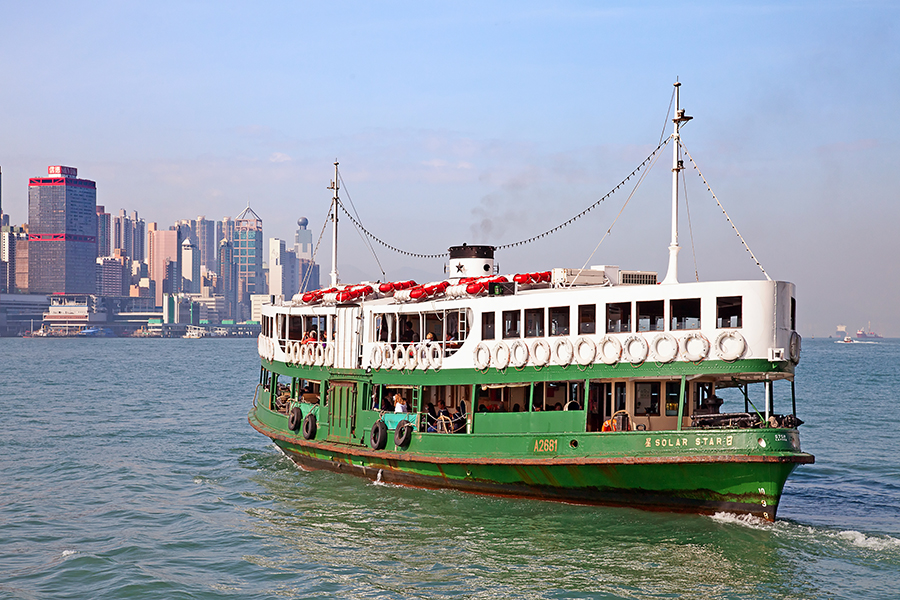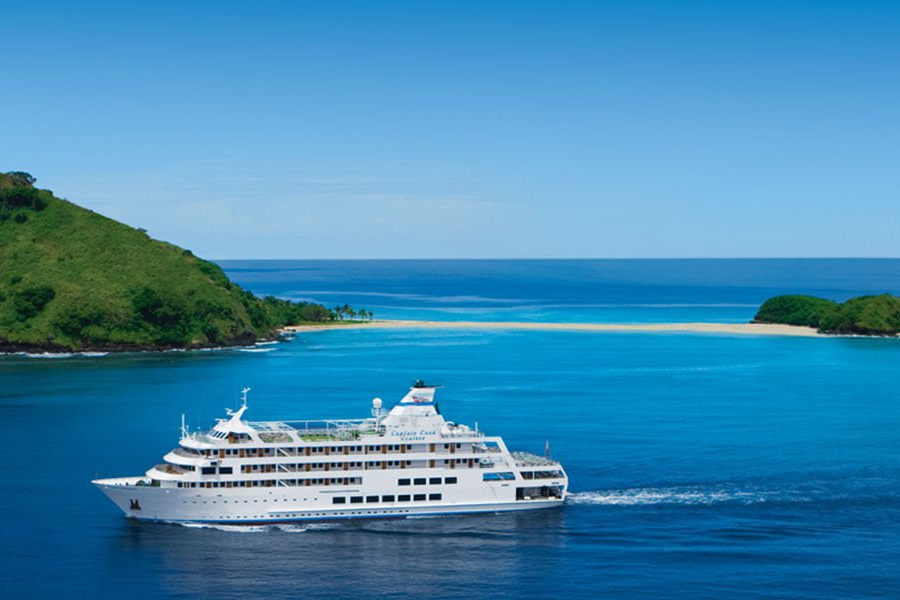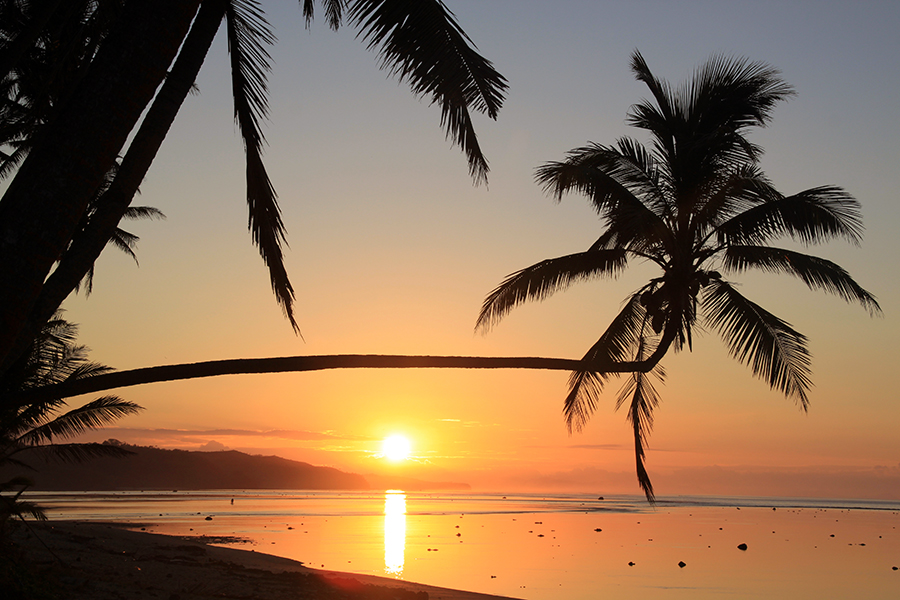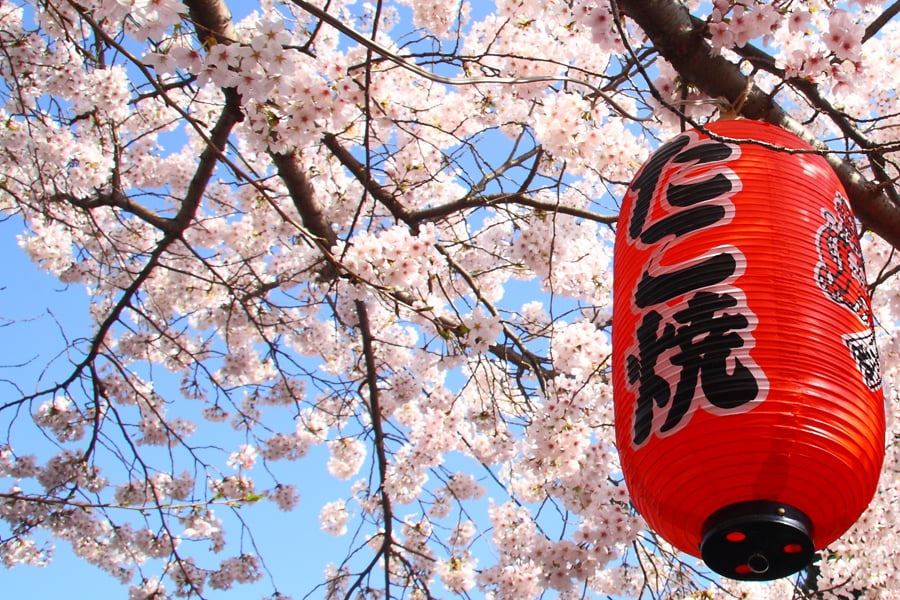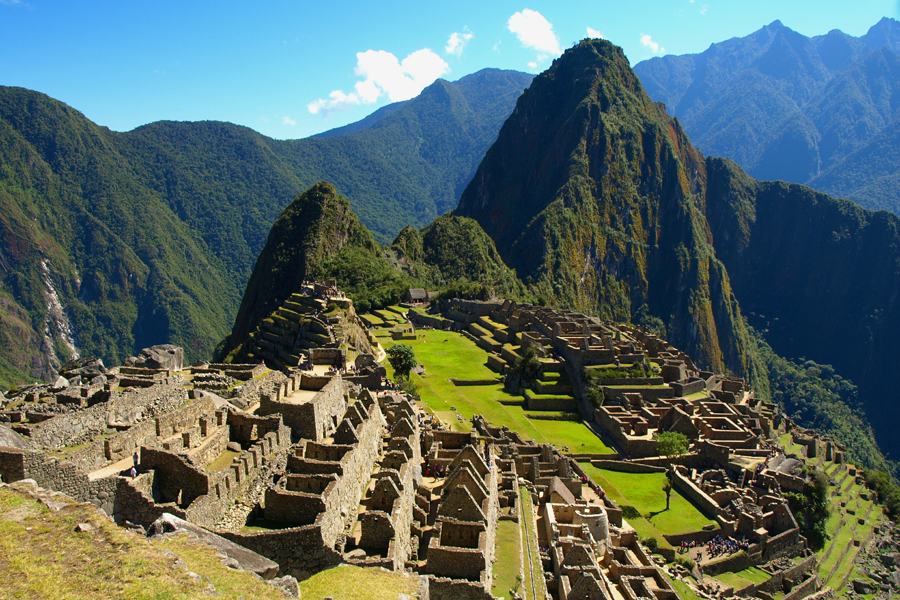If you can get away from the tourist trail, essentially a whole new experience awaits you. Travelling around Malaysia is very easy on local transport and the local people are always friendly and willing to help, the more so the further east you go! The best way to see Malaysia is on the local buses which are air-conditioned and very comfortable, but get used to being asked by the Malaysian students “do you mind if we interview you?” which seems to happen everywhere you go!
I spent 3 months in Malaysia; however you could do this itinerary in around 4-6 weeks if you have less time:
Entering Malaysia from Singapore
Start out by crossing the border between Singapore and Malaysia. This border is an easy crossing and you will be looking for a bus from Singapore to Johor Bahru in Malaysia. There is nothing to keep you for too long in Johor so I would change onto a bus bound for Melaka straight away and then spend a few days exploring this UNESCO World heritage site.Melaka

Melaka is an attractive, compact city to explore either on foot or on one of the gaudy but fun trishaws you’ll find in the centre. Of course there are plenty of historical sites to visit but my fondest memory was sitting on Jonker Street in the evening watching the numerous street performances. On Sunday nights the whole of Jonker Street is transformed into an enormous street food extravaganza with every type of sweet and savoury fare imaginable.
Traveling north along the Melaka Strait
Further north along the coast, a fantastic place to visit is Port Dickson. Very few tourists end up here, but there are plenty of stunning beaches. If you take a walk up to the view point, you’ll be rewarded with some fantastic views across the Melaka Strait, accompanied by a fair few monkeys! There is backpacker place called Rotary Sunshine Camp that is housed inside an old army barracks. Chances are you will be the only ones here and the prices are around £3 per night, so that makes for a cheap, local beach destination!
Kuala Lumpur
Next I would head up to Kuala Lumpur. Basing yourself in Chinatown is your best bet for a cheap bed and food. Make a trip to the Reggae bar in Chinatown, which is a huge backpacker haunt at night.
Kuala Lumpur is great for 3 days but is really just another city, so after you’ve seen the Petronas Towers, make your way to Jerantut and get ready for a few days exploring Taman Negara National Park.
Taman Negara National Park
From Jerantut you can take a bus/boat to get into the national park. There is a good chance of seeing an array of wildlife from the boat, so keep your eyes peeled at all times.
Once you arrive, there are a number of things to keep you busy. I would briefly recommend a trip to a local working tribe via the river. Here you will see local life, learn how to start a fire from scratch and learn how to shoot a blow-dart.
I’d also recommend a guided trek where you stay overnight in the rainforest. At night the rainforest comes alive and you have a much better chance of seeing the larger wildlife. If this is not for you, you could take a nighttime jeep safari where you are almost guaranteed to see wild cats, reptiles and the odd Tapir. If you're really lucky, you might see one of the 10 wild tigers who live in the park!
You can book the jeep night safari, trip to see the local jungle tribe of the Orang Asli, canopy walking and rapid shooting locally or through your accommodation. If you want to book the longer 1-5 night treks deep into the jungle, this is best done at the entrance to Taman Negara national park with the guides. Its worth knowing that a visit to this whole area can be booked as a side trip from Kuala Lumpur.

Over to the East Coast
Make your way back to Jerantut and from here, take the long, slow jungle railway to Kota Bharu. Now on the east coast you will find Islam is more prominent so you will need to dress accordingly.
Kota Bharu and the Perhentian Islands
Kota Bharu is an overnight stop on your way to The Perhentian Islands, but if you want to experience the local city vibe, you could spend a few nights here. We were invited to a local football match, which was an eye-opener and a fantastic evening experience.Once you reach the Perhentian Islands you will not want to leave! We decided we needed a bit of luxury and managed to get a 4* beach hotel for £10 a night. Accommodation in Malaysia is very reasonably priced so it shouldn’t be hard to find a comfortable place to stay. This is a beach destination so it’s all about relaxing, snorkelling and visiting different, cheap seafood BBQs on the beach every night.

Heading south down the East Coast
Moving down the east coast you will pass through many local towns like Kuala Terengganu and Kuantan which are worth exploring, but a must is a stopover in Cherating.Cherating
There is a fantastic eco-lodge here and you will find backpackers staying for weeks! Again this is a beach town which has few tourists.
One of the best things to do here is to take a firefly tour down the river at night. There are literally thousands of fireflies as well as snakes and monitor lizards to see. You could also make a stop at the Turtle Sanctuary in the north of town.
Tioman Island
The last stop on the East coast is Tioman Island. This is my favourite beach destination and has some of the best snorkelling I have ever seen around the world.
You will need to get a ferry from Mersing in order to arrive here, and then you’ll find there are some amazing beach-side bars and cheap private rooms. After you have spent a minimum of a week here it’s back to the typical tourist route - most people head North into Thailand, which borders Malaysia to the North.
Cameron Highlands
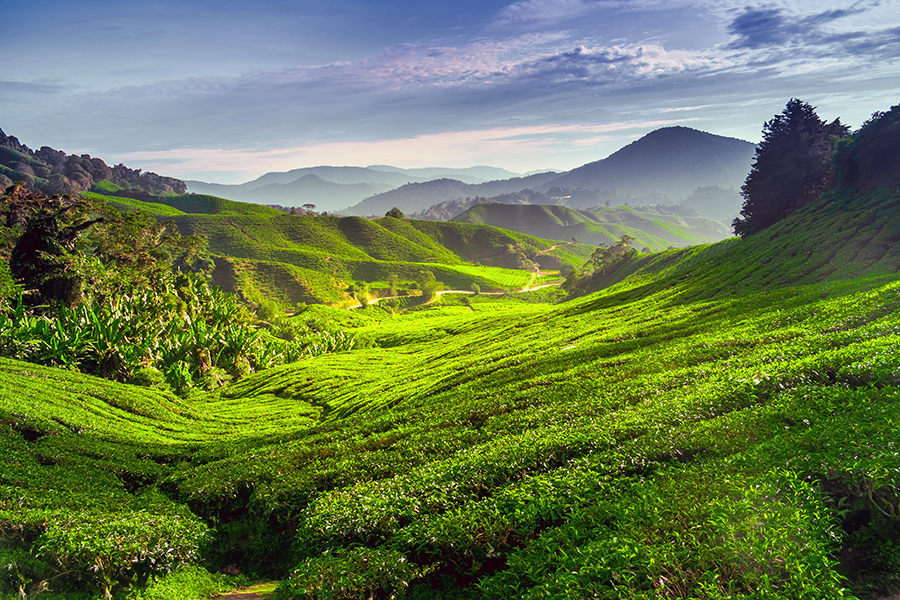
En route to Thailand, stop off in the Cameron Highlands in the centre of the country for some trekking and to visit the rolling tea plantations and cloud forest at altitude. I would finish this mammoth trip on the beaches of Penang and the duty free island of Langkawi up towards the Thai border.






